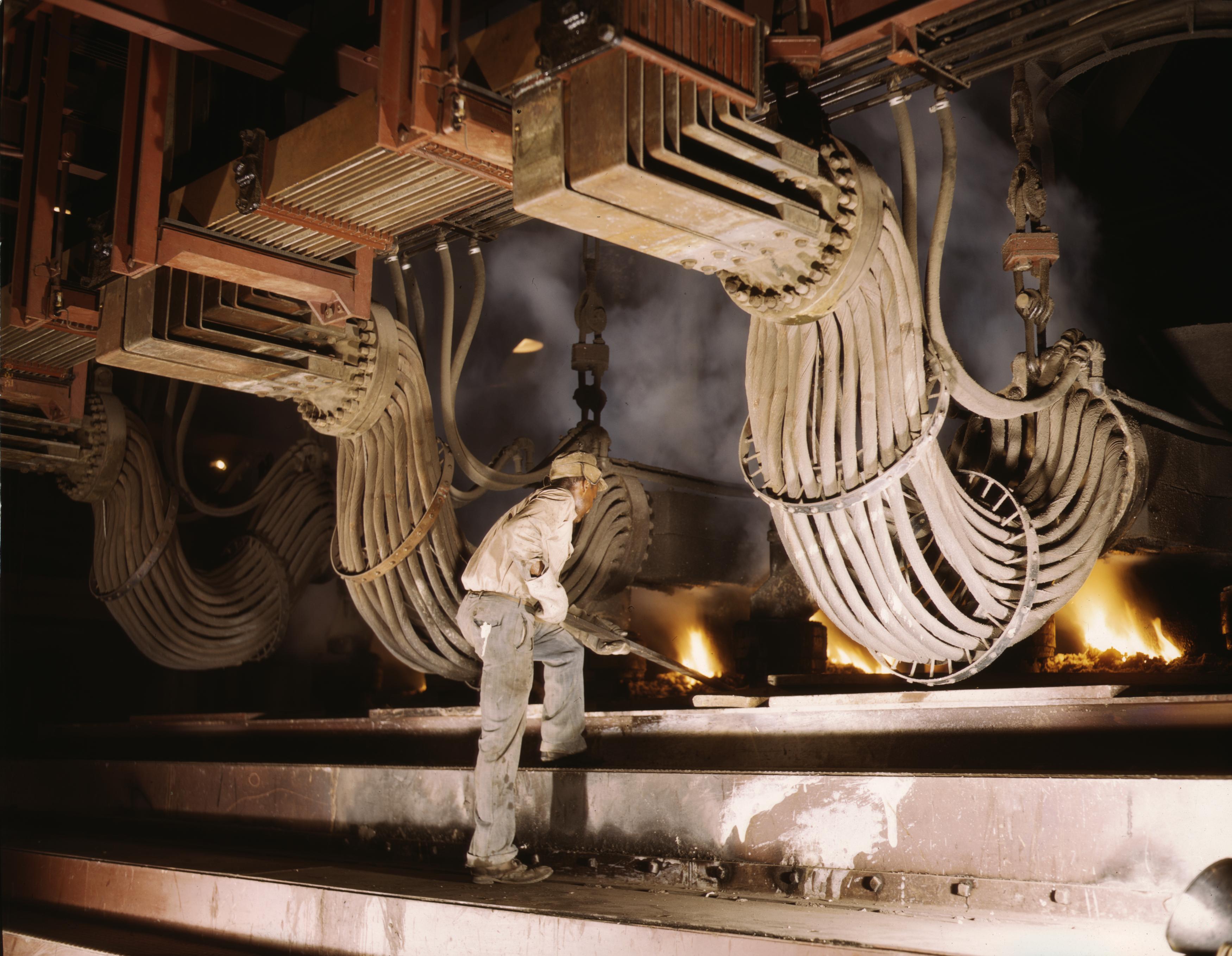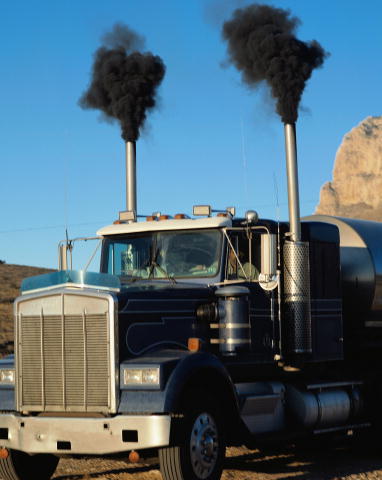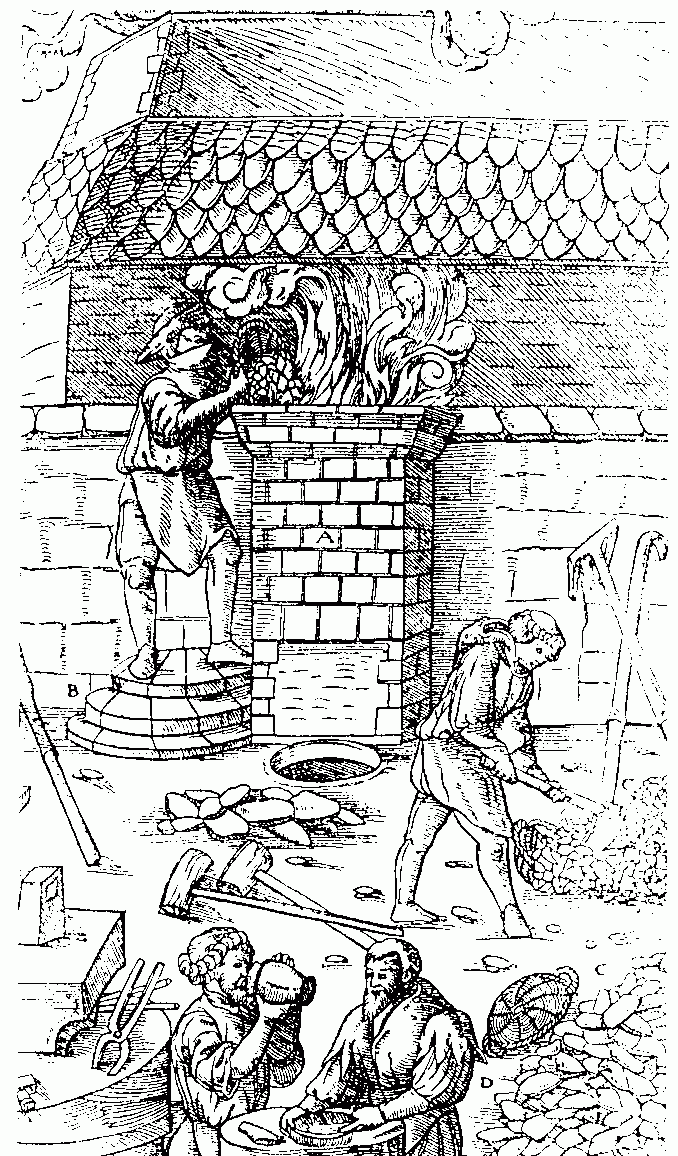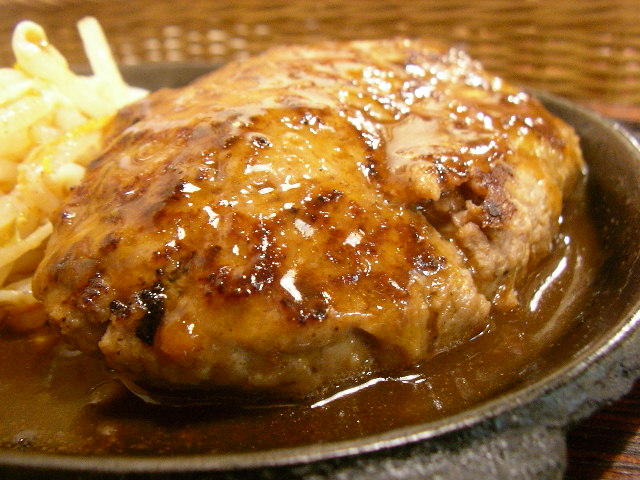|
Benzo(a)pyrene
Benzo 'a''yrene (B''a''P or B ) is a polycyclic aromatic hydrocarbon and the result of incomplete combustion of organic matter at temperatures between and . The ubiquitous compound can be found in coal tar, tobacco smoke and many foods, especially grilled meats. The substance with the formula C20H12 is one of the benzopyrenes, formed by a benzene ring fused to pyrene. Its diol epoxide metabolites, more commonly known as BPDE, react with and bind to DNA, resulting in mutations and eventually cancer. It is listed as a Group 1 carcinogen by the IARC. In the 18th century a scrotal cancer of chimney sweepers, the chimney sweeps' carcinoma, was already known to be connected to soot. Description Benzo 'a''yrene (B''a''P) is a polycyclic aromatic hydrocarbon found in coal tar with the formula C20H12. The compound is one of the benzopyrenes, formed by a benzene ring fused to pyrene, and is the result of incomplete combustion at temperatures between and . Sources The ma ... [...More Info...] [...Related Items...] OR: [Wikipedia] [Google] [Baidu] |
Polycyclic Aromatic Hydrocarbon
A Polycyclic aromatic hydrocarbon (PAH) is any member of a class of organic compounds that is composed of multiple fused aromatic rings. Most are produced by the incomplete combustion of organic matter— by engine exhaust fumes, tobacco, incinerators, in roasted meats and cereals, or when biomass burns at lower temperatures as in forest fires. The simplest representative is naphthalene, having two aromatic rings, and the three-ring compounds anthracene and phenanthrene. PAHs are uncharged, non-polar and planar. Many are colorless. Many of them are also found in fossil fuel deposits such as coal and in petroleum. Exposure to PAHs can lead to different types of cancer, to fetal development complications, and to cardiovascular issues. Polycyclic aromatic hydrocarbons are discussed as possible starting materials for abiotic syntheses of materials required by the earliest forms of life. Nomenclature and structure The terms polyaromatic hydrocarbon, or polynuclear aromatic hydro ... [...More Info...] [...Related Items...] OR: [Wikipedia] [Google] [Baidu] |
Benzopyrene
A benzopyrene is an organic compound with the formula C20H12. Structurally speaking, the colorless isomers of benzopyrene are pentacyclic hydrocarbons and are fusion products of pyrene and a phenylene group. Two isomeric species of benzopyrene are benzo 'a''yrene and the less common benzo 'e''yrene. They belong to the chemical class of polycyclic aromatic hydrocarbons. Overview Related compounds include cyclopentapyrenes, dibenzopyrenes, indenopyrenes and naphthopyrenes. Benzopyrene is a component of pitch and occurs together with other related pentacyclic aromatic species such as picene, benzo fluoranthenes, and perylene. It is naturally emitted by forest fires and volcanic eruptions and can also be found in coal tar, cigarette smoke, wood smoke, and burnt foods such as coffee. Fumes that develop from fat dripping on blistering charcoal are rich in benzopyrene, which can condense on grilled goods. Benzopyrenes are harmful because they form carcinogenic and mutageni ... [...More Info...] [...Related Items...] OR: [Wikipedia] [Google] [Baidu] |
Smelting
Smelting is a process of applying heat and a chemical reducing agent to an ore to extract a desired base metal product. It is a form of extractive metallurgy that is used to obtain many metals such as iron-making, iron, copper extraction, copper, silver mining#Ore processing, silver, tin, lead smelting, lead and zinc smelting, zinc. Smelting uses heat and a chemical reducing agent to decompose the ore, driving off other elements as gases or slag and leaving the metal behind. The reducing agent is commonly a fossil-fuel source of carbon, such as carbon monoxide from incomplete combustion of coke (fuel), coke—or, in earlier times, of charcoal. The oxygen in the ore binds to carbon at high temperatures, as the Chemical energy, chemical potential energy of the bonds in carbon dioxide () is lower than that of the bonds in the ore. Sulfide ores such as those commonly used to obtain copper, zinc or lead, are roasting (metallurgy), roasted before smelting in order to convert the sulfid ... [...More Info...] [...Related Items...] OR: [Wikipedia] [Google] [Baidu] |
Skeletal Formula
The skeletal formula, line-angle formula, bond-line formula or shorthand formula of an organic compound is a type of minimalist structural formula representing a molecule's Atom, atoms, structural isomer, bonds and some details of its molecular geometry, geometry. The lines in a skeletal formula represent bonds between carbon atoms, unless labelled with another element. Labels are optional for carbon atoms, and the hydrogen atoms attached to them. An early form of this representation was first developed by organic chemist August Kekulé, while the modern form is closely related to and influenced by the Lewis structure of molecules and their valence electrons. Hence they are sometimes termed Kekulé structures or Lewis–Kekulé structures. Skeletal formulas have become ubiquitous in organic chemistry, partly because they are relatively quick and simple to draw, and also because the Arrow pushing, curved arrow notation used for discussions of reaction mechanisms and Resonance ( ... [...More Info...] [...Related Items...] OR: [Wikipedia] [Google] [Baidu] |
Charbroil
A charbroiler (also referred to as a chargrill, char-broiler or simply broiler) is a commonly used cooking device consisting of a series of grates or ribs that can be heated using a variety of means, and is used in both residential and commercial applications for an assortment of cooking operations. The heat source is almost always beneath the cooking surface and for gas-fired applications this is referred to as an under-fired broiler. Most commonly the charbroiler is a series of long evenly spaced metal ribs over a large combustion chamber filled with an array of burners that may have a deflector, briquettes or radiant between the burner and the cooking surface. The term charbroiler is usually associated with commercial kitchen applications, though the construction and cooking process is similar to light-duty residential products referred to as grills. The terms charbroiling, broiling, grilling and char-grilling are often used interchangeably, though depending on the applicati ... [...More Info...] [...Related Items...] OR: [Wikipedia] [Google] [Baidu] |
Occupational Cancer
Occupational cancer is cancer caused by occupational hazards. Several cancers have been directly tied to occupational hazards, including chimney sweeps' carcinoma, mesothelioma, and others. Types of hazards Occupational exposure to chemicals, dusts, radiation, and certain industrial processes have been tied to occupational cancer. Exposure to cancer-causing chemicals (carcinogens) may cause mutations that allow cells to grow out of control, causing cancer. Carcinogens in the workplace may include chemicals like anilines, chromates, dinitrotoluenes, arsenic and inorganic arsenic compounds, beryllium and beryllium compounds, cadmium compounds, and nickel compounds. Dusts that can cause cancer leather or wood dusts, asbestos, crystalline forms of silica, coal tar pitch volatiles, coke oven emissions, diesel exhaust and environmental tobacco smoke. sunlight; radon gas; and industrial, medical, or other exposure to ionizing radiation can all cause cancer in the workplace. Industrial pr ... [...More Info...] [...Related Items...] OR: [Wikipedia] [Google] [Baidu] |
Soot
Soot ( ) is a mass of impure carbon particles resulting from the incomplete combustion of hydrocarbons. Soot is considered a hazardous substance with carcinogenic properties. Most broadly, the term includes all the particulate matter produced by this process, including black carbon and residual pyrolysed fuel particles such as coal, cenospheres, charred wood, and petroleum coke classified as cokes or char. It can include polycyclic aromatic hydrocarbons and heavy metals like mercury. Soot causes various types of cancer and lung disease. Terminology Definition Among scientists, exact definitions for soot vary, depending partly on their field. For example, atmospheric scientists may use a different definition compared to toxicologists. Soot's definition can also vary across time, and from paper to paper even among scientists in the same field. A common feature of the definitions is that soot is composed largely of carbon based particles resulting from the incomplete burni ... [...More Info...] [...Related Items...] OR: [Wikipedia] [Google] [Baidu] |
Chimney Sweep
A chimney sweep is a person who inspects then clears soot and creosote from chimneys. The chimney uses the pressure difference caused by a hot column of gas to create a draught and draw air over the hot coals or wood enabling continued combustion. Chimneys may be straight or contain many changes of direction. During normal operation, a layer of creosote builds up on the inside of the chimney, restricting the flow. The creosote can also catch fire, setting the chimney (and potentially the entire building) alight. The chimney must be swept to remove the soot. In Great Britain, master sweeps took apprentices, typically workhouse or orphan boys, and trained them to climb chimneys. In the German States, master sweeps belonged to trade guilds and did not use climbing boys. In Italy, Belgium, and France, climbing boys were used. The occupation requires some dexterity, and carries health risks. History The Tudors in England had established the risk of chimneys and an ordinance w ... [...More Info...] [...Related Items...] OR: [Wikipedia] [Google] [Baidu] |
Aluminium
Aluminium (or aluminum in North American English) is a chemical element; it has chemical symbol, symbol Al and atomic number 13. It has a density lower than that of other common metals, about one-third that of steel. Aluminium has a great affinity towards oxygen, passivation (chemistry), forming a protective layer of aluminium oxide, oxide on the surface when exposed to air. It visually resembles silver, both in its color and in its great ability to reflect light. It is soft, magnetism, nonmagnetic, and ductility, ductile. It has one stable isotope, 27Al, which is highly abundant, making aluminium the abundance of the chemical elements, 12th-most abundant element in the universe. The radioactive decay, radioactivity of aluminium-26, 26Al leads to it being used in radiometric dating. Chemically, aluminium is a post-transition metal in the boron group; as is common for the group, aluminium forms compounds primarily in the +3 oxidation state. The aluminium cation Al3+ ... [...More Info...] [...Related Items...] OR: [Wikipedia] [Google] [Baidu] |
Iron And Steel
Ferrous metallurgy is the metallurgy of iron and its alloys. The earliest surviving prehistoric iron artifacts, from the 4th millennium BC in Egypt, were made from meteoritic iron-nickel. It is not known when or where the smelting of iron from ores began, but by the end of the 2nd millennium BC iron was being produced from iron ores in the region from Greece to India,Riederer, Josef; Wartke, Ralf-B.: "Iron", Cancik, Hubert; Schneider, Helmuth (eds.): Brill's New Pauly, Brill 2009Early Antiquity By I.M. Drakonoff. 1991. University of Chicago Press. . p. 372 The use of wrought iron (worked iron) was known by the 1st millennium BC, and its spread defined the Iron Age. During the medieval period, smiths in Europe found a way of producing wrought iron from cast iron, in this context known as pig iron, using finery forges. All these processes required charcoal as fuel. By the 4th century BC southern India had started exporting wootz steel, with a carbon content between pig iron and wr ... [...More Info...] [...Related Items...] OR: [Wikipedia] [Google] [Baidu] |
Food And Chemical Toxicology
''Food and Chemical Toxicology'' is a peer-reviewed scientific journal covering aspects of food safety, chemical safety, and other aspects of consumer product safety. It is published by Elsevier and was established in 1963. The editor-in-chief is Bryan Delaney. Abstracting and indexing The journal is abstracted and indexed in Analytical Abstracts, BIOSIS Previews, CAB International, Chemical Abstracts Service, Current Contents/Agriculture, Biology & Environmental Sciences, Current Contents/Life Sciences, Elsevier BIOBASE, EMBASE, MEDLINE/PubMed, Science Citation Index, and Scopus. According to the ''Journal Citation Reports'', it has a 2014 impact factor The impact factor (IF) or journal impact factor (JIF) of an academic journal is a type of journal ranking. Journals with higher impact factor values are considered more prestigious or important within their field. The Impact Factor of a journa ... of 2.895, ranking it 30th out of 87 journals in the category "Toxicolog ... [...More Info...] [...Related Items...] OR: [Wikipedia] [Google] [Baidu] |
Hamburger
A hamburger (or simply a burger) consists of fillings—usually a patty of ground meat, typically beef—placed inside a sliced bun or bread roll. The patties are often served with cheese, lettuce, tomato, onion, pickles, bacon, or chilis with condiments such as ketchup, mustard, mayonnaise, relish or a "special sauce", often a variation of Thousand Island dressing, and are frequently placed on sesame seed buns. A hamburger patty topped with cheese is called a cheeseburger. Under some definitions, and in some cultures, a hamburger is considered a sandwich. Hamburgers are typically associated with fast-food restaurants and diners but are also sold at other restaurants, including high-end establishments. There are many international and regional variations of hamburgers. Some of the largest multinational fast-food chains feature burgers as one of their core products: McDonald's Big Mac and Burger King's Whopper have become global icons of American culture. Etymology an ... [...More Info...] [...Related Items...] OR: [Wikipedia] [Google] [Baidu] |







